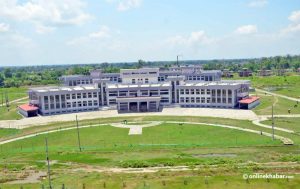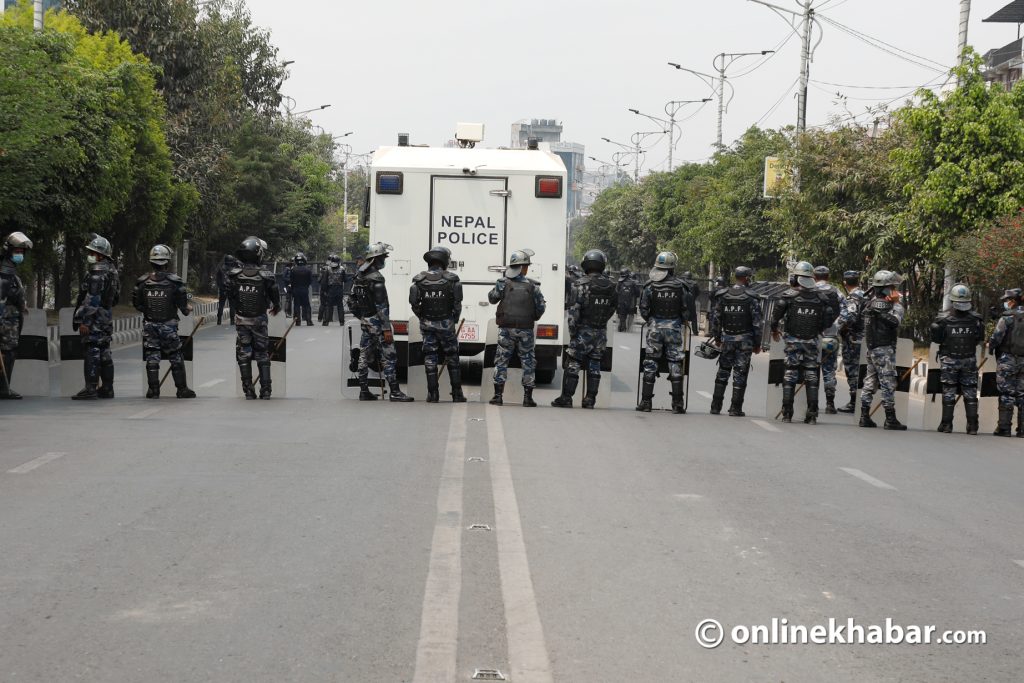
Pregnancy is one of the most important times in a woman’s life if she chooses to be a mother. The feeling of growing a life inside her is a unique experience for her. However, the labour pain she undergoes during childbirth is incomparable. If you talk about Nepal, many women have died of labour pain.
It is said that the pain during childbirth is equivalent to breaking several bones at once. It means almost every woman who has given birth to a child must have wished for reliving or removing labour pain in any way possible.
There are different measures to reduce pain in the case of other diseases, but it is hard to find one to reduce labour pain.
However, thanks to modern science, technology has been developed to reduce labour pain. While it was rarely used in Nepal, Tribhuvan University Teaching Hospital (TUTH) in Maharajgunj has begun delivering babies using painless technology for a long time. Nonetheless, it is not known to many people still today.
Here, the hospital’s anesthesiologist Dr Basudev Parajuli answers the questions related to painless labour technology used at the TUTH.

What kind of technology is this?
This technique is called epidural anaesthesia, which can be used for primary surgical anaesthetic or post-operative pain management. It can be used for patients who have undergone surgery or require multimodal postoperative pain management.
How is it used?
In this technique, a needle is inserted into the patient’s back and a catheter is given to relieve pain. In developed countries, this technique is adopted by almost every woman who has a normal delivery to relieve labour pain. Therefore, this technology has become very common in other countries. But, it is a bit new for Nepal.
When did its use start in the world?
In countries like Canada and the US, it is believed that people should not bear any kind of pain or suffering. So they started looking for ways to cure labour pain. But in Nepal, there is a belief that it should be tolerated. It has been more than a decade since painless delivery started to be common in developed countries although it started around three decades ago.
What is the situation in Nepal?
Two years ago, I went to Canada and returned from Mount Sinai Hospital after a one-year training on painless delivery. After that, my aim was to bring this technology into operation effectively in Nepal. But, because people did not know that there is a way to give birth without pain, the number of people adopting this technique was very low. Since the number of women availing of this facility is very low, the hospital has started the obstetric anaesthesia clinic every Thursday since last May.
What are the advantages of using this technique?
Many people think that by adopting this technique, there is more chance of caesarean delivery than normal. But, according to a study conducted on 20,000 women, who adopted this technique in different countries, more than 90 per cent of women had a normal delivery.
People think if the pain is reduced by injecting something in the back, the delivery will not be on time and the time of labour pain will increase. What do you have to say about this?
The answer to this question was also sought in a study conducted on 20,000 people. According to the study, there is no problem with long-term pain in women who have adopted this technique.
It takes 12 to 18 hours of labour pain to give birth to the first child, and six to 12 hours in the case of a second child. But, due to this technology, the period of pain will not be prolonged.
It was also studied that it would be difficult for the mother to take out the baby after this injection. Before 2000, patients were given too much medicine, which caused the mentioned problem. But now, after reducing the amount of medicine used, this problem is not seen.
Who should not use this technique then?
If a pregnant woman has thin blood or is taking blood thinners, this technique cannot be used. Patients with high blood pressure also cannot use this remedy. If someone has a back problem, they too have to avoid it. Likewise, those who are allergic to the same medicine are advised not to adopt this.
How much does it cost?
It costs less than Rs 5,000 except for delivery at the TUTH. By adopting this technique, you can give birth without pain and it is also easy. But, there seems to be a lack of skilled human resources in Nepal to adopt this technology. However, the TUTH has skilled people to perform it and is able to provide the service.
This article was translated from the original Nepali version and edited for clarity and length.




















